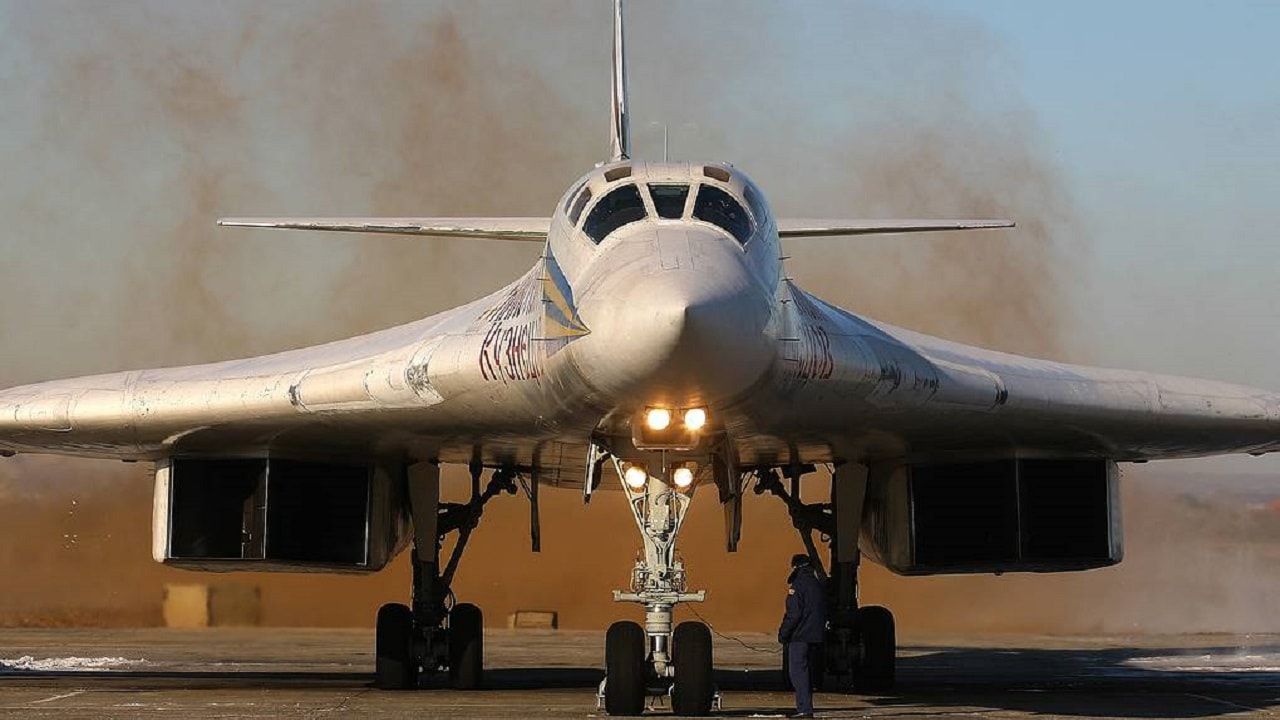Air Defenses for Ukraine: What are the Options? Ukraine just endured more Russian cruise missile attacks and kamikaze drones on cities that killed 19 civilians and wounded scores more in massive strikes across the country on October 10 and 11.
This action was in retaliation for the sabotage of the strategic Kerch Strait Bridge that links Crimea and Russia. Now Kyiv is pleading for additional air defense systems to protect population centers from missile and drone attacks.
But what actual air defenses do they want?
Russian Missiles Are Sneaking Through
President Joe Biden has promised advanced air defense systems for Ukraine. The Group of Seven countries held an emergency virtual meeting on October 11 to discuss what the allied response would be.
Ukraine’s current missile umbrella is operating well but mass attacks are allowing some munitions to get through. Ukrainian defense officials claimed Russia launched 84 missiles against 10 cities, with 56 of them shot down by air defenses. That means 28 penetrated – or an interception failure rate of 33 percent. Kyiv wants to improve on that number.
Iranian-made Shahed-136 kamikaze loitering drones have entered the fray and Ukraine shot down 40 of those weapons during the attacks.
S-300s Make Up the Bulk of the Ukrainian Air Defense Umbrella
Ukraine makes good use of the missile shield they already have. This consists of mainly S-300 Soviet-era surface-to-air missiles that have been reliable during the course of the war. So much so that Russian fighter planes and bombers often avoid flying in Ukrainian air space. However, the S-300 is susceptible to saturation attacks from missiles.
Ukrainian President Volodymyr Zelenskyy said after speaking with Biden, “Air defense is currently the number one priority in our defense cooperation.”
What Is Available?
There are different options that the United States and allies could provide.
One missile defense system already promised by the Americans is the National Advanced Surface-to-Air Missile System (NASAMS). NASAMS should arrive before the end of the year, perhaps in November, as the details are being ironed out and Ukrainian crews are trained.
If NASAMS Can Protect Washington, It Can Protect Kyiv
NASAMS has an advanced radar called Ghost Eye MR that would better detect and track incoming missiles or drone. It launches a medium-range interceptor from a towed launcher, so it is road mobile. Twelve countries operate NASAMS, and it is even deployed around Washington, DC, to protect the White House, Capitol Hill, and the Pentagon. So, it is believed to be reliable. NASAMS is an all-weather defender. It can engage multiple targets and the warhead is high-explosive fragmentary to knock out enemy bogeys.
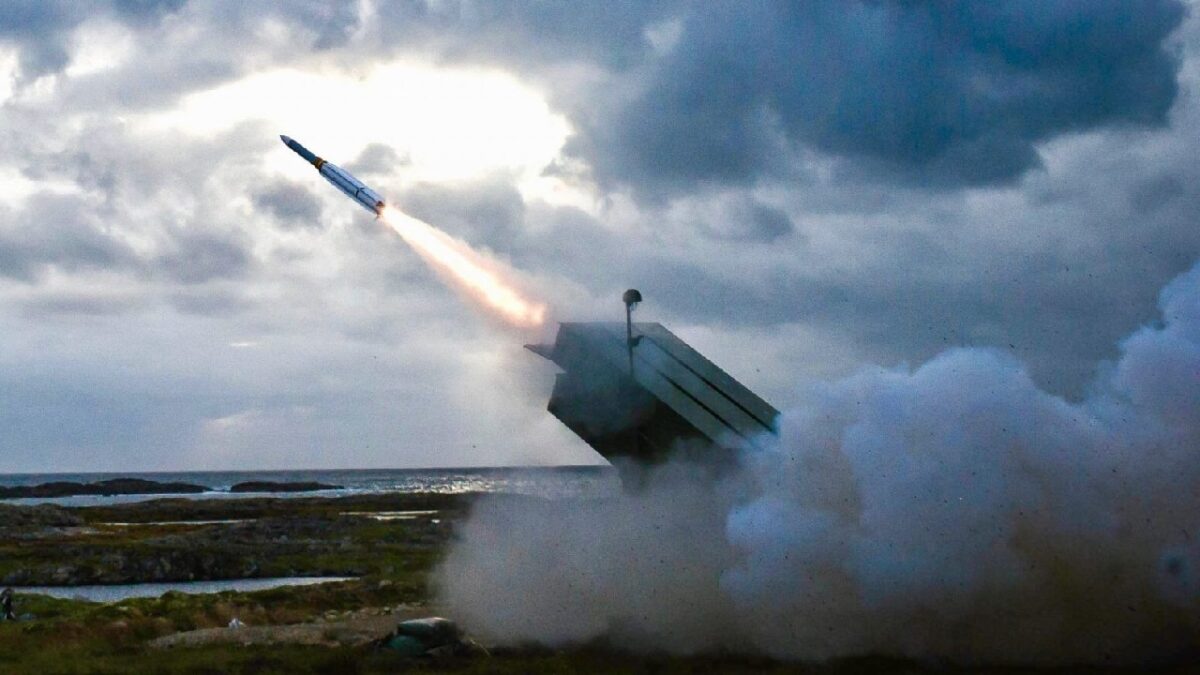
NASAMS. Image Credit: Creative Commons.
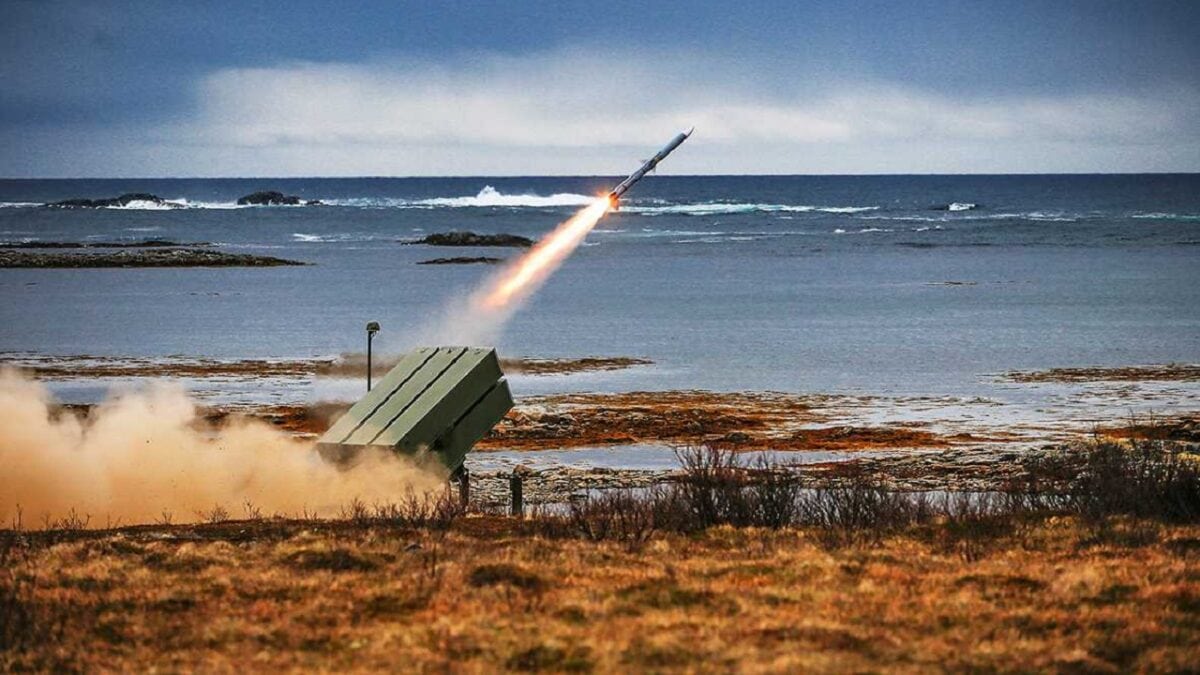
NASAMS launch. Image Credit: Industry Handout.
The launcher holds six SAMs. NASAMS has an 85 percent probability of hitting a target.
Germans Plan an Assist
Germany is also stepping up to the plate to help Ukraine with air defenses.
The first of four German-made IRIS-T air defense systems have arrived in Ukraine. The others could take months to deliver. Each costs around $136 million. This is another medium-range, high-altitude system meant to destroy cruise and ballistic missiles. The interceptors have a range of 25 miles and the radar has a range of 155 miles. It uses infrared imaging to track targets.
Patriots and Iron Dome Are Not Available
As for U.S. Patriot air defenders, these systems are more scarce and the United States does not have them available to send to Ukraine, even though Zelenskyy has asked for them repeatedly.
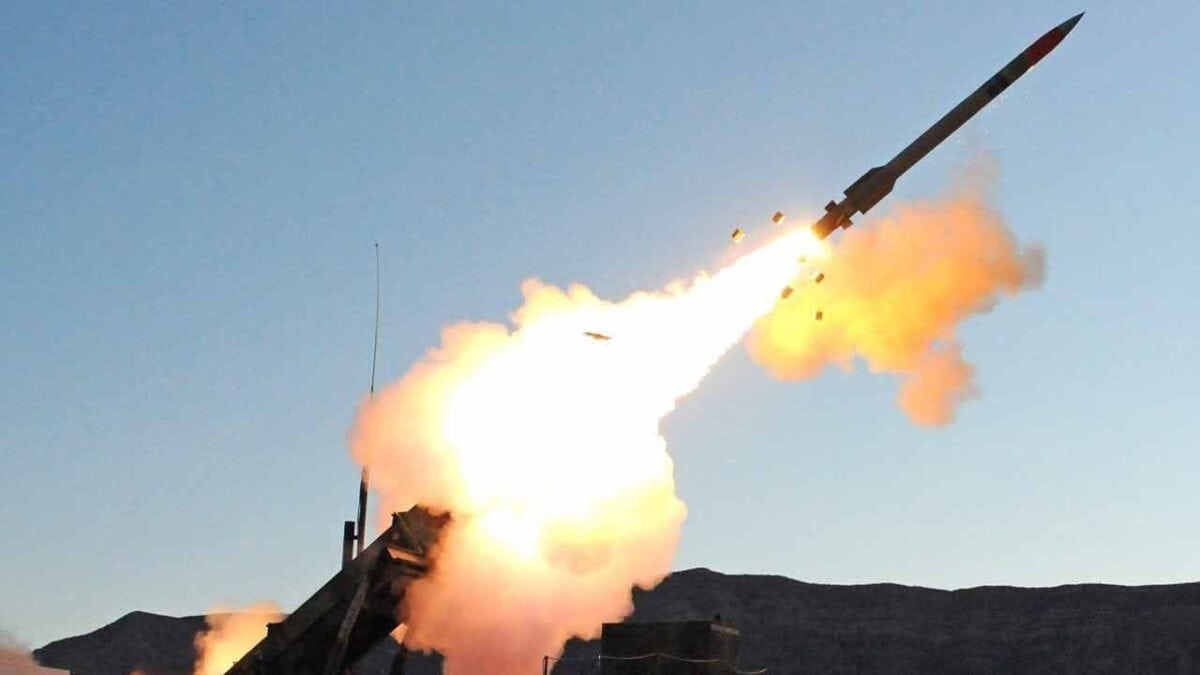
Patriot Missile. Image Credit: Creative Commons.
Israel’s Iron Dome system is not accessible to export to Ukraine and Israel has refrained from sending any arms to Kyiv in the past. Israel does not want to damage its relationship with Russia. It fears that taking sides in Ukraine would enable Russia to facilitate attacks on Israel from Syria. Iron Dome is also tailor-made for a much smaller country than Ukraine and the defenders would probably have difficulty networking its system there.
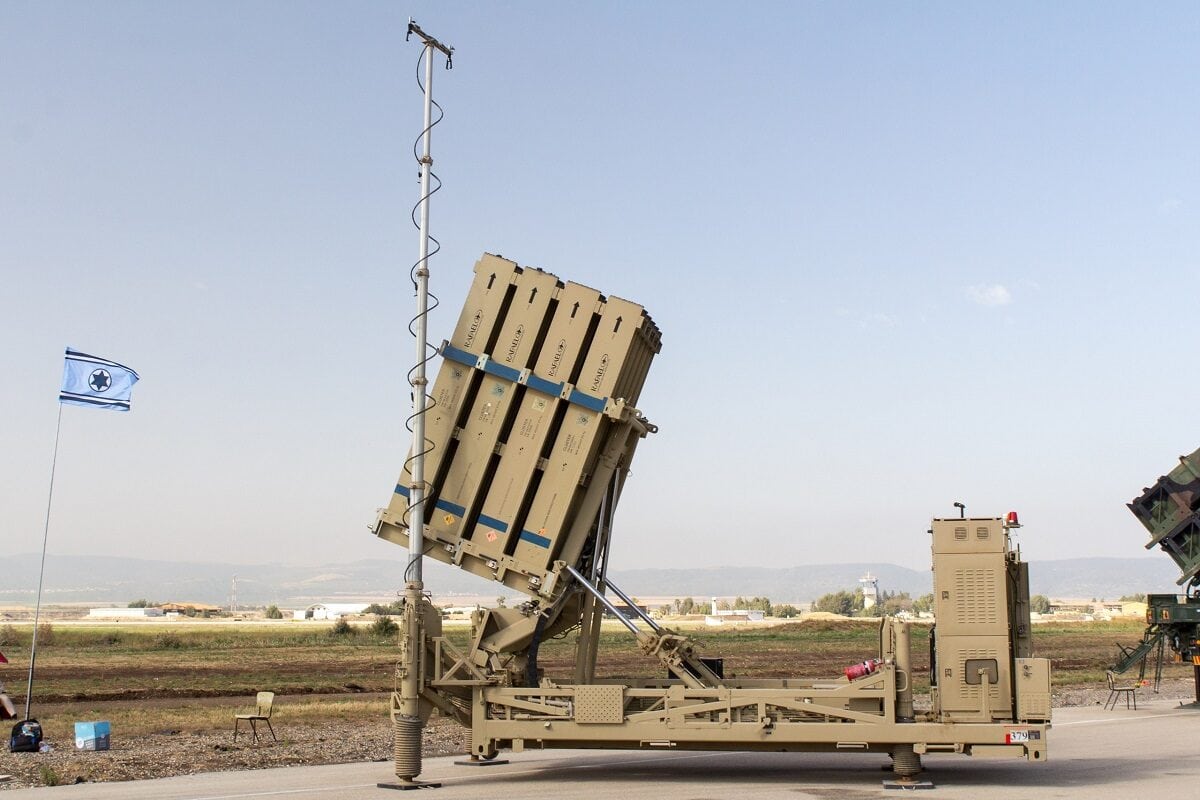
Iron Dome launcher at the Israeli Air Force exhibition at Ramat David AFB on Israel’s 69th Independence Day.
Ukraine will have to be patient to improve its air defenses. Its military must stop every enemy missile from making it through the umbrella and that’s a tall order. Russia is likely to continue its saturation strikes. NASAMS and IRIS-T will help, but as mentioned before, Ukraine is a large country with many cities to defend. Kyiv can only hope that Russia runs low on ballistic missiles, cruise missiles, and kamikaze drones before the new air defenses are in place.
Expert Biography: Serving as 1945’s Defense and National Security Editor, Dr. Brent M. Eastwood is the author of Humans, Machines, and Data: Future Trends in Warfare. He is an Emerging Threats expert and former U.S. Army Infantry officer. You can follow him on Twitter @BMEastwood. He holds a Ph.D. in Political Science and Foreign Policy/ International Relations.

